Pearl Jewelry Pricing Secrets: How Quality and Rarity Affect Value

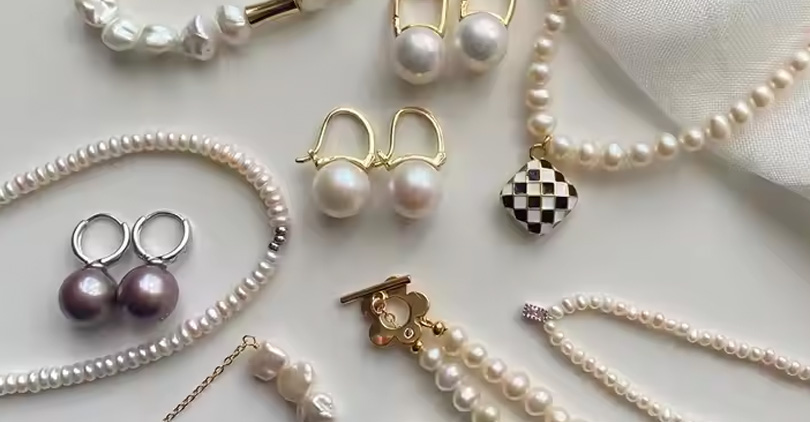
Tired of mysterious pearl jewelry prices? Various complex interplays of factors can influence prices. Quality and rarity play a critical role yet confuse you with many secrets.
While picking pearl jewelry, identical pieces offer different price tags. Unique features and quality factors play into the worth. Besides, pearl origin and market trends decide the price in any setting. Just consider these nuances as per desired pieces to check the value.
Want to navigate the pearl market with confidence? Explore our guide to pick the right pieces for your jewelry wardrobe.
7 Key Quality Factors That Affect Pearl Price
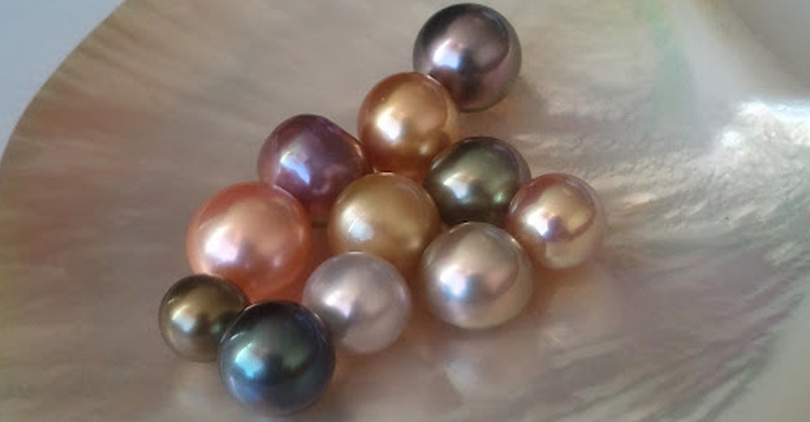
Various factors influence a pearl’s aesthetic appeal, durability, and price. Let's dig into these factors in detail.
Luster
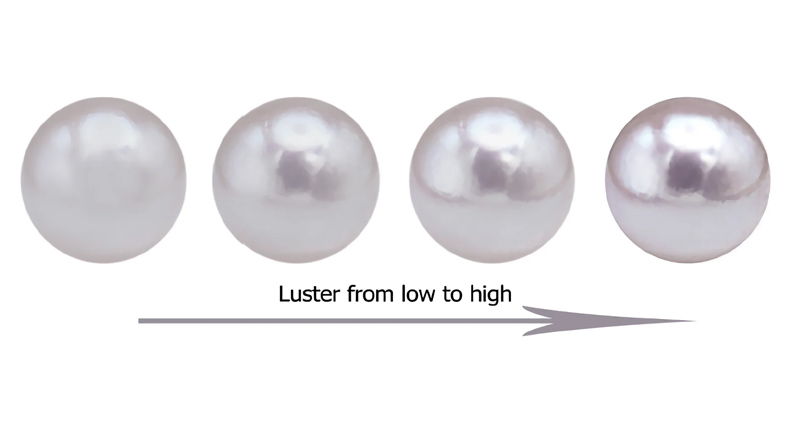
While judging pearls with the naked eye, luster decides the actual value. Bright, sharp pieces lead the price list, while weak, blurred ones drop to the bottom.
Thick nacre with hundreds of layers offers a bright and shiny appearance. Even the pearl requires a usual thickness and layers to interact with light. Hence, a pearl with a higher density creates a catchy luster.
Shape
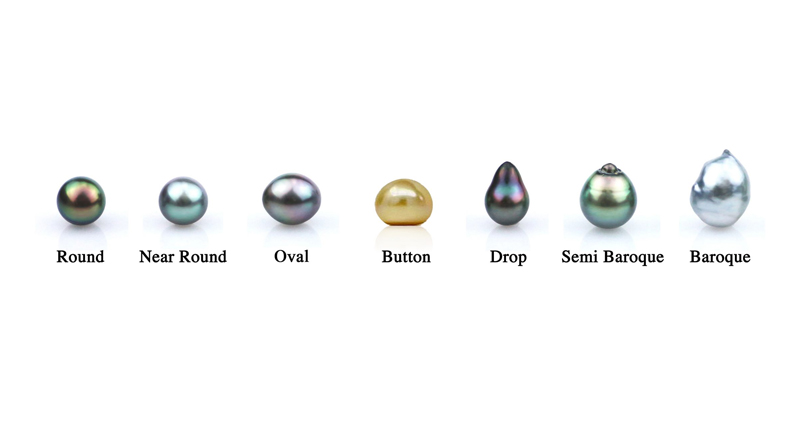
After the pearl’s iridescence, different shapes impact the price most. Whether it’s round or baroque, pearl shapes affect jewelry designs. Rounds are only 1-2% of the total pearl, featuring extreme rarity with value.
In contrast, baroque pearls cover 50 to 75% of total cultivated pearls. Eye-catching coins, twins, and heart offers space to infuse art into jewelry. Yet, artistic trends and creative minds look for unique pearl shapes.
Surface Quality
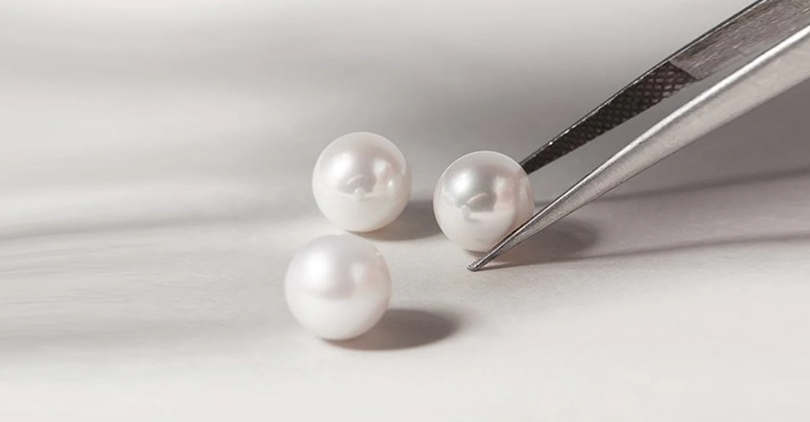
Surface quality impacts visual appearance, which varies the pearl’s value. Inclusions like spots or bumps lead to imperfection, lowering the price. Even the size or location of the abrasions impacts the pearl’s grading.
In addition, the total number of inclusions in a pearl aftermath the value. Fewer to no spots pose the highest price in the jewelry market. Further, bumps or wrinkles may lead to cracks that reduce the durability.
Size
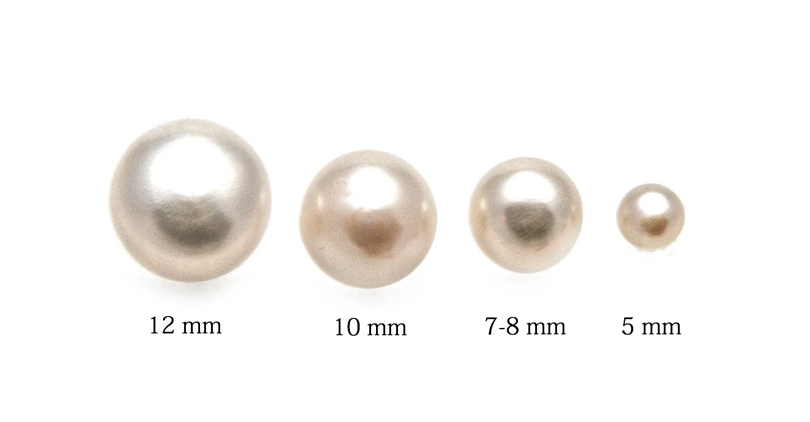
With a mm of pearl size up, the price range increases 2-3 times. Giant pearl takes years of intensive cultivation, which raises the price.
If you’re dealing with rarest sizes, it is more expensive than any gems. Besides, these pieces are infrequent, raising the value a few times. So, an 18 mm single pearl pendant may cost 10 times more than an 8mm one.
Nacre Thickness
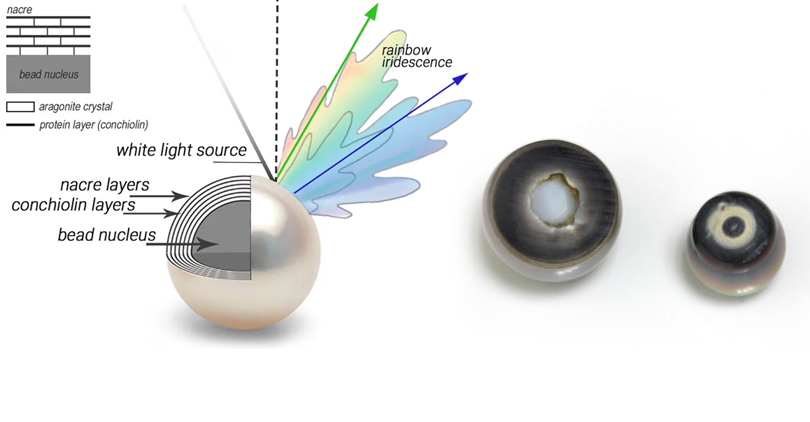
Pearl’s nacre is a base character that controls beauty and grading scale. Thin nacre layers take only a year and won’t reflect structural colors.
In contrast, Oyster takes 5-6 years to create thicker nacre. Due to the dense, solid nacre, these pearls offer a deep, radiant glow. Also, nacre thickness decides the pearl's structural integrity for decades.
Color
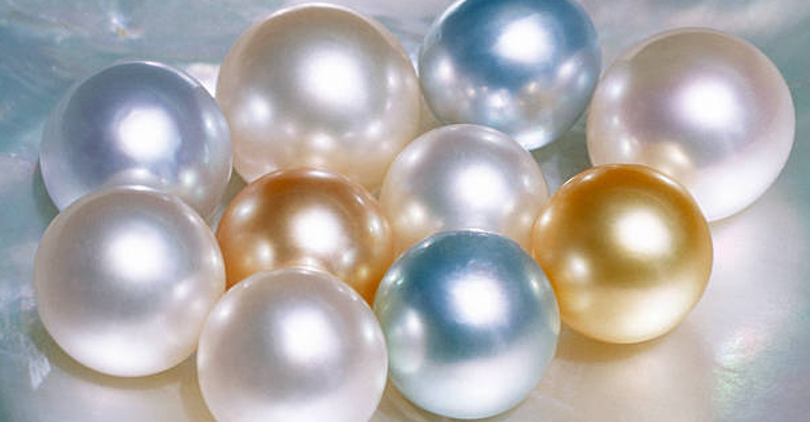
Various pearl colors exhibit unique luster that commands the prices. Desirable overtone and hues lead the price table due to market demand.
White or cream are frequently available, resulting in lower prices. Gold or peacock with certain hues leads to premium prices. Depth of color with a subtle overtone brings uniqueness to jewelry pieces.
Matching Pieces
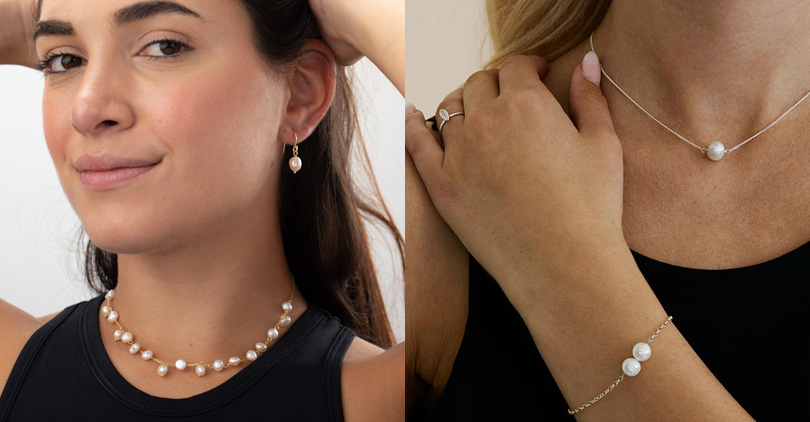
While creating a pearl strand, pieces need to be uniform in the above factors. Various options take time to screen, such as size, shape, or color. Even the pearl’s color and overtone are mixable in multicolor strands. Making unique jewelry is challenging for artisans, which raises the prices.
Factors in Pearl Cultivation and Harvesting
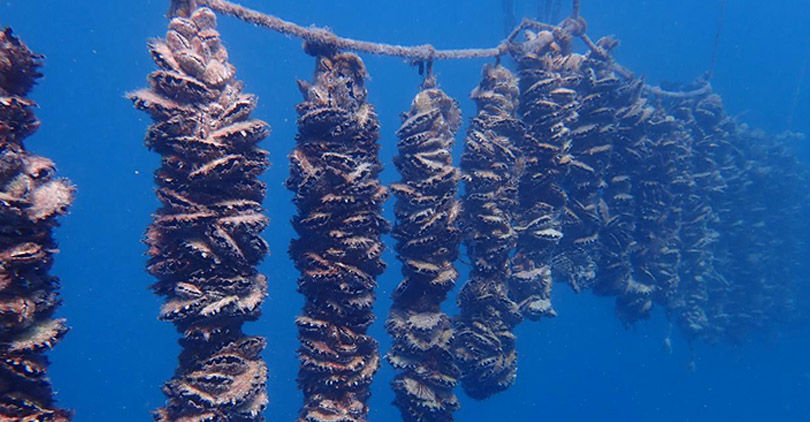
Cultivation and harvesting of pearls influence prices with some key factors. Let’s discuss these factors in the process.
Cultivation Process
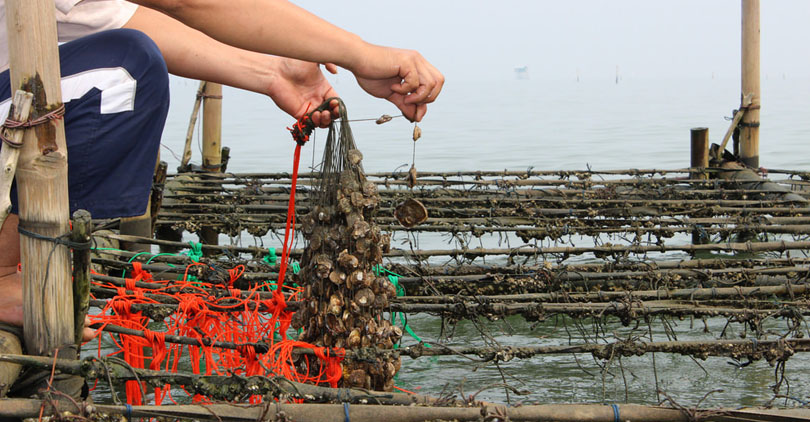
During the cultivation period, oysters need intense care and monitoring. In aquatic conditions, proper condition leads to superior pearl quality.
From seeding process to harvesting, superior quality takes up the cost. With careful mollusk selection, cultivators can produce top-notch pieces. Depending on the care and management, pearl prices increase with the process.
Growth Period
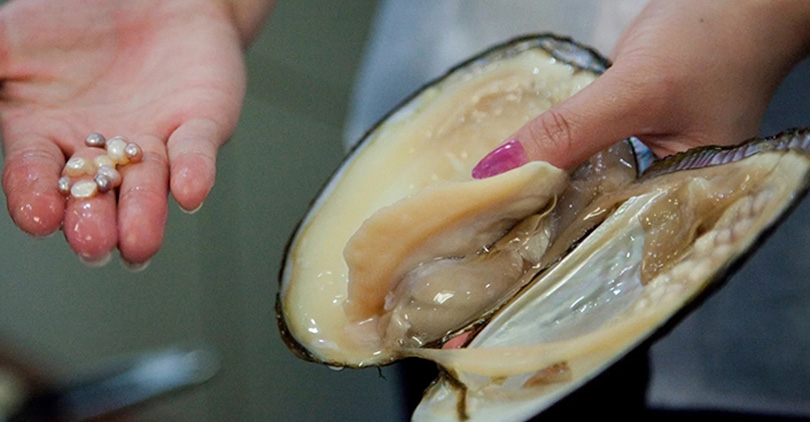
Due to the various pearl types, the growth period contributes to the value. Though long growth periods produce better pearls, it increases the cultivation cost.
Tahitian pearls take 4 to 5 years, while Akoya pearls take only 1 to 2 years. Besides, the growth period impacts the pearl’s size, luster, and rarity. With an increase in production costs, the growth period influences value.
Certifications
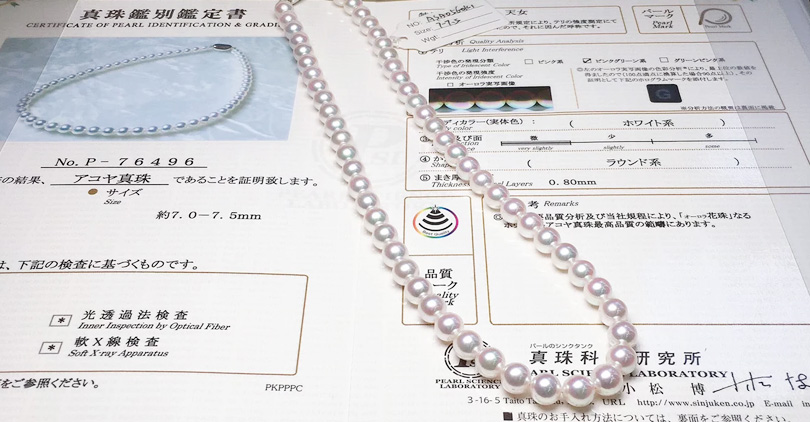
GIA or local authorities issue pearl certificates by validating various factors. Origin, nacre, and color remain the main focus when certifying pieces. Certificates confirm ethical sourcing and fair trade for concerned consumers.
Reputable certifications use specialists to observe the quality of pearls. Whether it’s authenticity or quality, you can pick certified pieces with a blindfold. Yet, the process takes up a cost that increases Pearl’s value.
How Rarity Affects Pearl Pricing
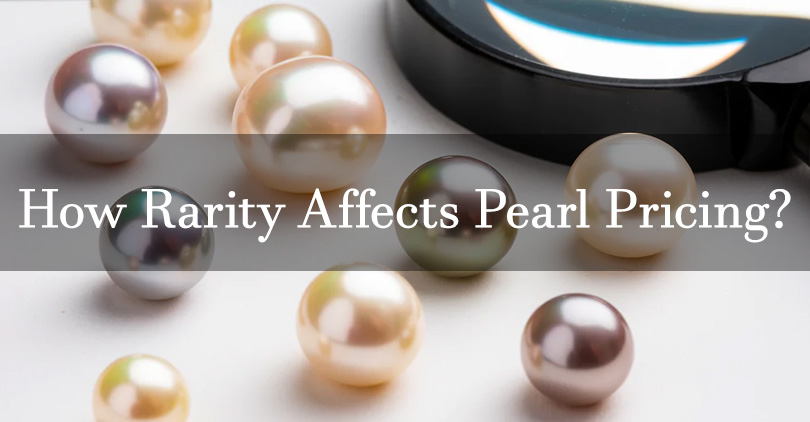
Geographic origin or unique features create exclusivity and uplift the prices. Let’s dig into these factors to understand the desirability.
Impact of Rarity on Value
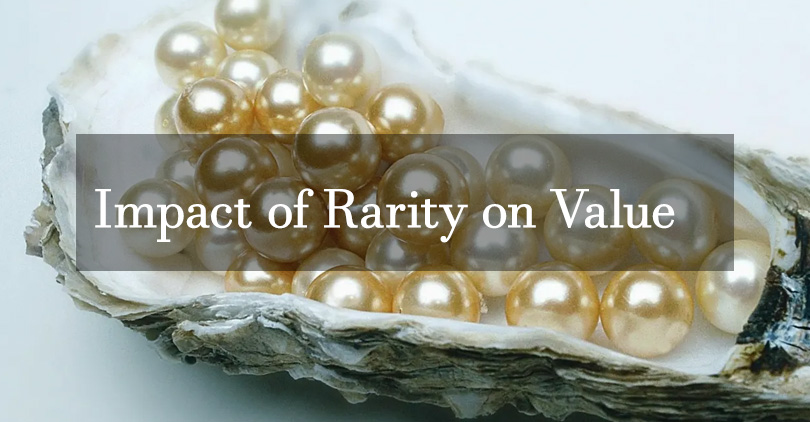
When a pearl is rare and exclusive, it becomes desirable to luxury buyers. Even the unique pieces hold a heartfelt aura with monetary value in jewelry. Due to a growing scarcity, the South Sea costs up to 1oo times that of Akoya.
Also, pearl collectors often purchase rare pieces as an investment. If you look for intrinsic beauty, limited options result in higher prices. Hence, wearing a rare piece can cost a few times more than regular options.
Geographical Origins
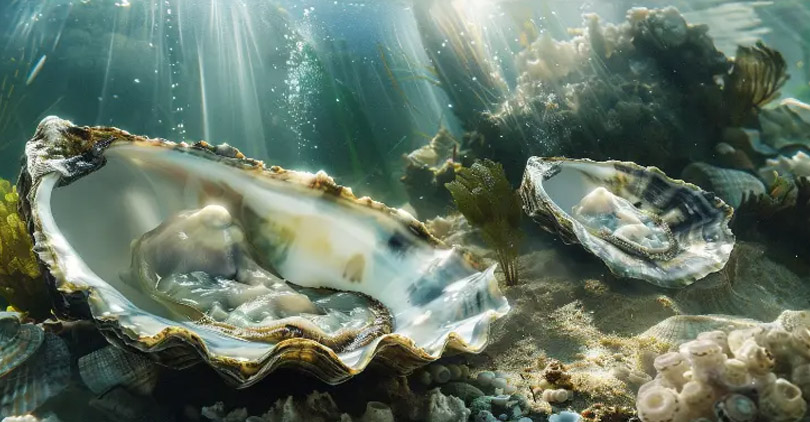
Pearl requires a specific growing region that limits availability in markets. South Sea requires definite aquatic conditions of Indonesia or the Philippines. With distinct factors, the cultivation limits production and raises costs.
Freshwater pearls are cultivated in various countries worldwide. Due to less specific regions, these pearls are more abundant options. Yet, the metallic luster and giant size pose a rarity for jewelry pieces.
Natural vs. Cultured Pearls
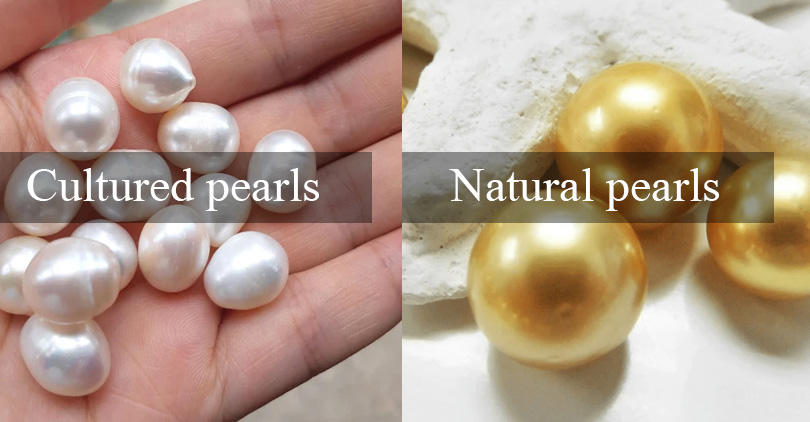
Over the century, natural pearls became rare due to overharvesting. Besides, locating natural pearls is difficult and costly in aquatic conditions. Vintage or antique pearls offer high luster and deep nacre to meet top standards. Hence, the scarcity of these rarest gemstones leads to extreme demand and price.
The cultured process uses beading elements that form various pearls. With consistent methods, these pearls are available in the market. A wide range of colors and shapes cover a broader audience. Yet, top-notch pieces remain a luxurious option for jewelry enthusiasts.
Rare Phenomena
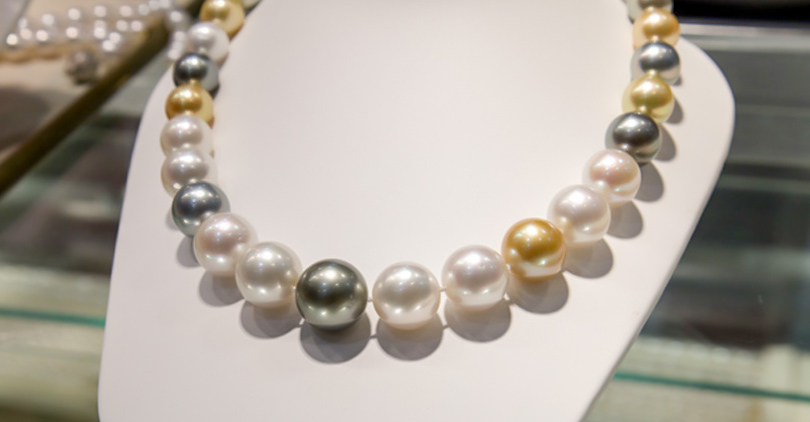
Exceptional sizes, shapes, and colors make incredible pieces of jewelry. Peacock colors or perfect shapes cover less than 1% of total production. Even giant pieces with baroque shapes adopt space in creative settings.
Also, jewelry requires identical size and color to make beautiful strands. If pearl pieces make matched sets, they become a few times more valuable.
Do Market Trends Influence Pearl Jewelry Pricing
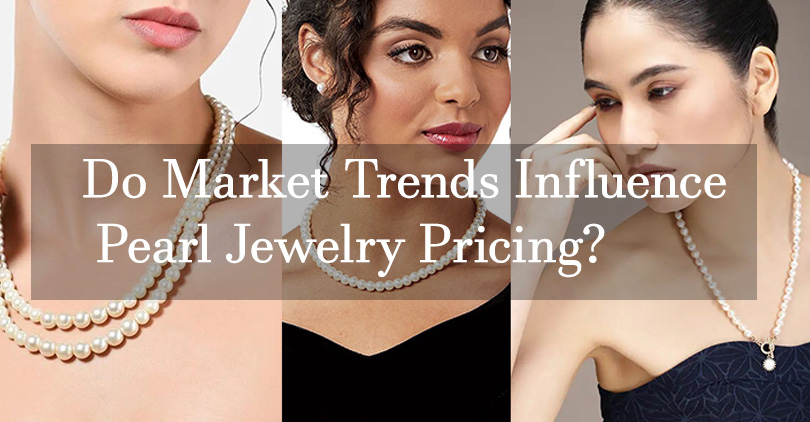
Classic and exotic pearl color shows dominance in the jewelry market. The demand for giant South Sea or dark Tahitian drives to higher prices. Trendy rose or peacock colors spike in popularity, leading to price hikes.
In the social media decade, celebrities or models can set pearl trends. Influencers wear unique pearl settings in fashion shows. Besides, various pearl pieces are trends at global events. Once the specific styles become viral, the demand increases temporarily.
Conclusion
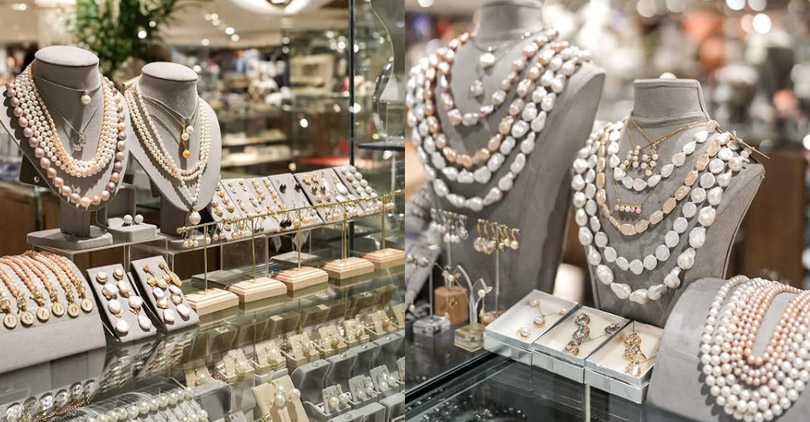
The delicate interplay of the pearl’s quality and rarity influences the price. Giant sizes, round shapes, and flawless surfaces are peak choices for jewelry.
Further, the cultivation process and period limit production and raise costs. So, check out the factors and trends to seal the perfect pearl deal.


Leave a Comment